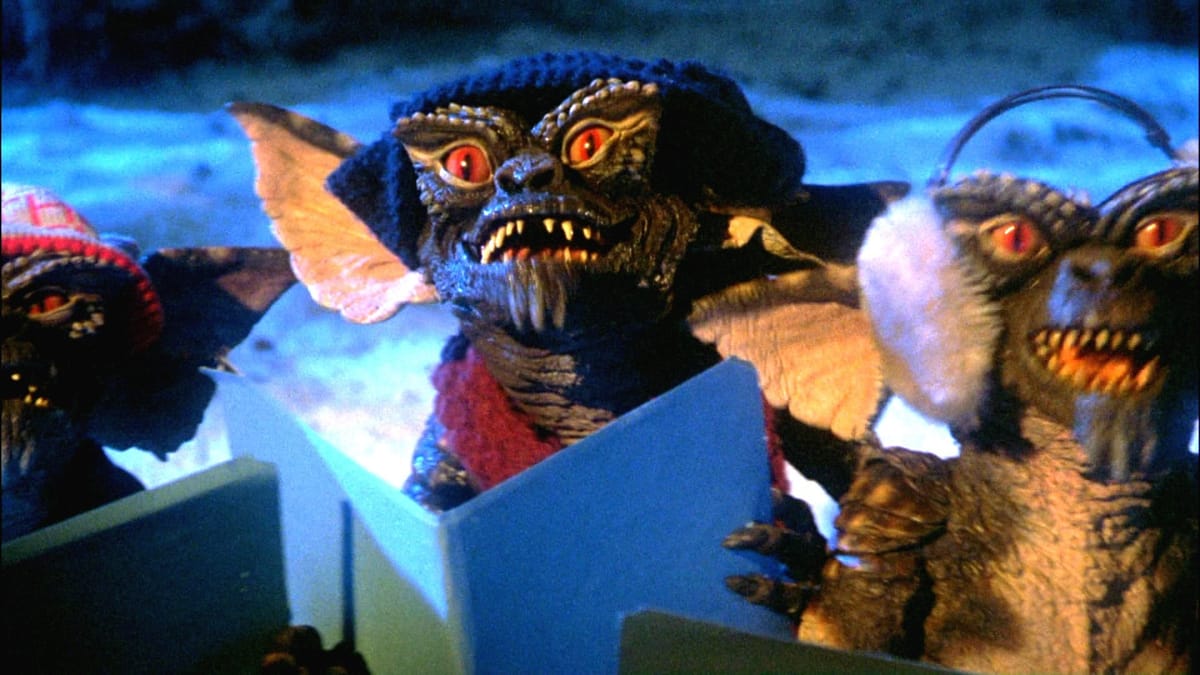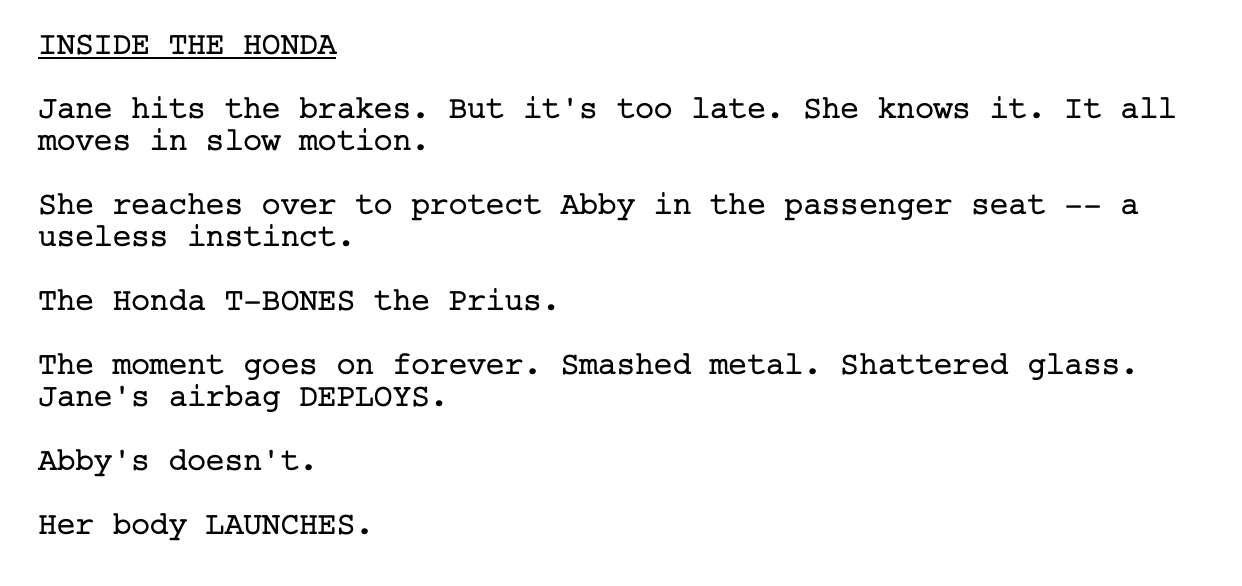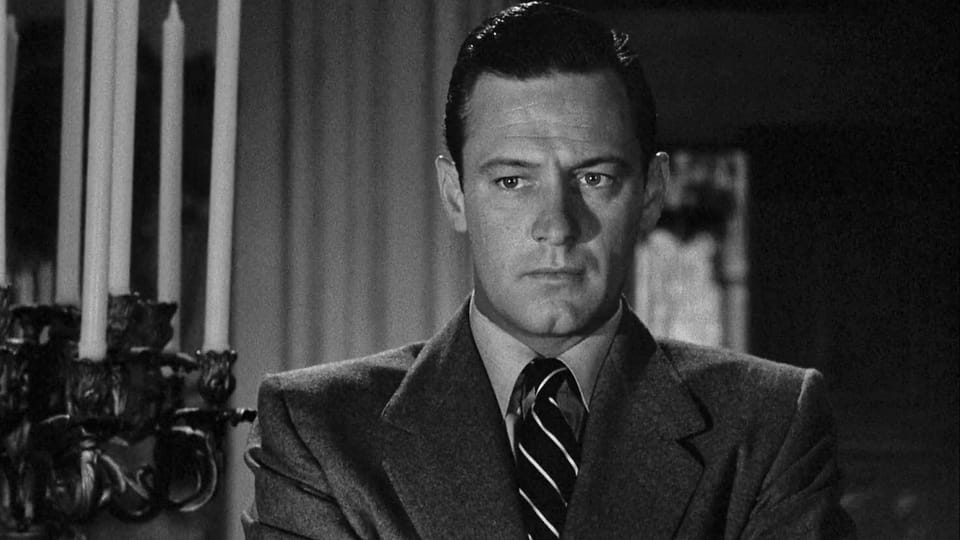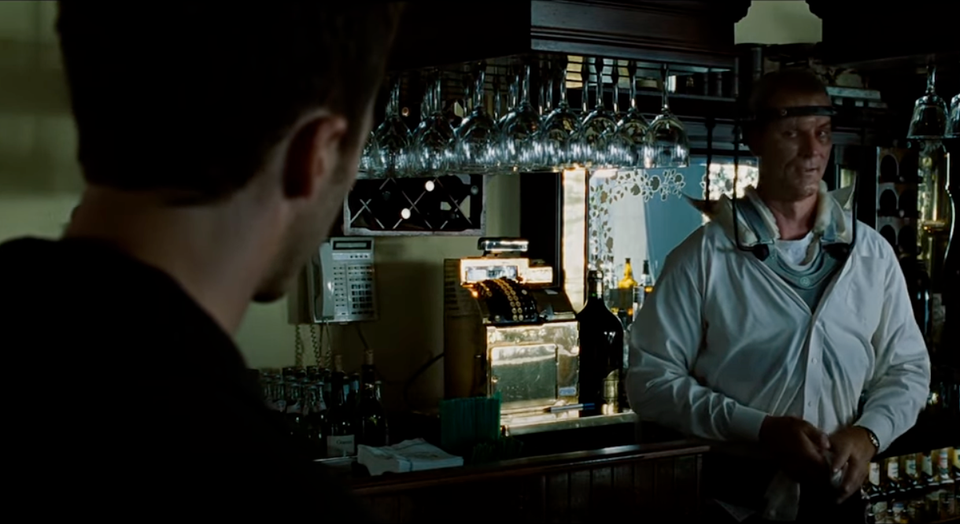The questions you ask matter.
"How do I format slow motion in my screenplay?" It sounds simple, right? But it's the wrong question.

The Story and Plot Weekly Email is published every Tuesday morning. Don't miss another one.
A reader emailed me and asked, "How do I format slow motion in my screenplay?"
It sounds simple, right? And sure, I can give the technical answer and explain the "proper" screenwriting format. But in reality, the actual answer is much more complicated.
It is much more complicated because it is the wrong question.
The questions we ask reveal our progress.
When we start screenwriting, we're often just trying to find our footing, to figure out what's important and what isn't.
We ask open-ended questions like, "What can happen next?"
"Who is this character?"
Or they're geared towards safety, such as, "How am I supposed to do this?"
This approach is typical early on.
But we should grow out of it.
The danger here is habit. And mistaking that habit for a process.
Another danger is, after feeling the sting of a harsh note session or a script reader who didn't have their coffee that morning, we can curl even more tightly into a ball of safety.
And the biggest sin of all is hearing all the possible notes in our head as we try to write.
I've done it.
It's horrible.
This is a little mini-trauma, and the voice in our head is trying to protect us from suffering through it again.
But remember, that voice is not our friend. It may mean well; it may think it wants what is best for us, but it's a well-intentioned Gilligan, and Lucy wrapped up in a little Gremlin package that does nothing but cause havoc (I just dated myself there, but I'm sticking with it.)
Ignore the voice.
Focus instead on what you actively want.
The best questions are those that move us to a specific goal.
The most important question is: what are you trying to achieve?
Know that first.
What's your goal? What's your objective?
You may have a perfectly reasonable business reason for writing the screenplay, but once you're writing…
Your goal is to tell the story.
The story is your mission.
Now, HOW do you tell this story?
That's where the specific questions come in.
"What happens next?" does not help you as much as "What needs to happen to get you where you want to go?"
Let's say my story is about a man losing complete perspective before regaining his humanity.
Great. I decide that I want him to lose all the last vestiges of himself at the midpoint so through Act 2B he can get worse and worse.
So the question becomes: "What kind of experience would make a person lose themself entirely?"
Of course, this is dictated by the genre, which, in this case, is an action comedy.
I decide to throw this dude off a roof, and he somehow survives. To make it worse, it's the antagonist that throws him off.
The important thing is that I knew what I wanted to achieve from the scene before I knew what was in the scene.
Now that I know what that scene will be, there is a vast narrative gap between the end of Act 1 and the midpoint.
So, a question I get to ask now:
What needs to happen to get the narrative from the end of Act 1 to the midpoint?
This process works everywhere. It works for character moments, relationships, and scenes.
Decide what you want out of the scene first. Then, find the most interesting, compelling, and emotional way to do it.
Every moment is a choice. It fills a piece of the larger whole.
If that moment doesn't have a specific purpose, then it's what I call a non-choice.
Sure, something happens. People talk, people do things. Time goes by. But the moment is generic. It's empty and signifies nothing.
The intentionality of every single moment is the hallmark of a confident storyteller.
How do you write slow motion anyway?
Back to the original question!
The technical answer is simple. Put it in the slugline. Like this:
But again, it’s the wrong question. The right question is: what's the emotion you're going for?
Because you're perfectly fine writing "in slow motion" in the action lines. Like —
You'd also be fine with a mini-slugline that reads:
But these are all things. Vehicles. Props.
What we really want is the emotion. Who's driving? Who's hurt? Who do we care about?
That is what dictates how we write it.

I am riffing here; you get the idea.
Is the moment about cars smashing into each other? Or is it about a mother behind the wheel driving with her daughter, and she knows the safety features aren't working?
The difference matters because that dictates how you write it.
- What is this moment about?
- What emotion am I trying to evoke?
These are two questions you learn to ask over and over again.
It's not about how you're supposed to do it.
That can absolutely be useful, don't get me wrong. Clarity is always key. It has to look and feel like a screenplay.
However, the expectations are a variable to be considered. They are not the deciding factor.
If your intent is clear and the reader visualizes what you want them to visualize, you're fine.
You have to write for the reaction you want.
You cannot write to avoid the reaction you're afraid of. As soon as you start doing that, you're done.
The Story and Plot Weekly Email is published every Tuesday morning. Don't miss another one.
When you're ready, these are ways I can help you:
WORK WITH ME 1:1
1-on-1 Coaching | Screenplay Consultation
TAKE A COURSE
Mastering Structure | Idea To Outline




